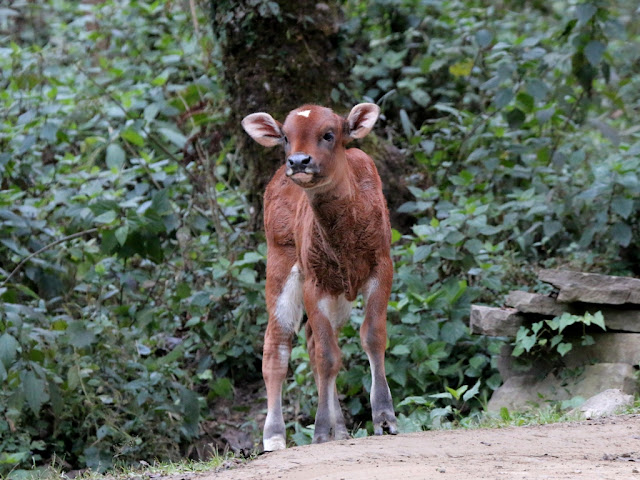INDEX
The Jain Temple at Kudne
The golden age in Goa's history is undoubtedly in the reign of the Kadamba Dynasty. They ruled Goa from the 11th to the 14th century AD and had very good trade ties with Gujarat. In this time, many gujarati traders came and settled here with their families bringing with them their religion, culture and traditions. The tolerant Hindu Kadamba Kings paved the way for the integration and propagation of the Jain communtiy in and around Ponda and Bicholim.
It was during the rule of the Vijayanagar dynasty that grants were given to establish Jain bastis including their temples and shrines. Jain relics have been found in Bandoda, Ponda and in Kudne, Bicholim Taluka. This Jain temple is located near an area called the Gujir Vaado in Kudne. The name itself suggests the place was the Gujarati settlement area once upon a time.
It was in the year 1684 that the Mughal armies under Aurangzeb burnt down and plundered Bicholim leaving it in ruins.
 |
| Jain Temple at Kudne |
The Jain Temple at Kudne was once a beautiful little temple dedicated to Adinatha and belongs to the medieval period. The monument is thoroughly neglected today though it must have stood elegant in this charming and quaint village of Kudne. Said to have been built through grants in the early Vijayanagar era, it is an important monument from the time of the period giving us an insight into the prevalent building practices then.
It is a proud structure built in the typical North Indian Shikhara style. The lateritic blocks uncovered point to the existence of arches in the Mukha Mandapa of the temple. The Octagonal Shikhara over the Garbha Griha is five tiered including the semi-spherical lower part with a small rectangular entrance to the sanctum.
 |
| The five tiered Shikhara |
A broken stone head of a Tirthankara (Jain religious leader)
with beautifully sculpted curls was also found near the garbhagriha. A
stone torso of a Jain Tirthankara with a srivasta symbol was also
unearthed. The sculptural structure of the idols indicates that the temple
belongs to the Kadamba period. This is the only medieval temple of Goa
which has a nagara (Indo-Aryan) architectural feature.
 |
| Likeness of the Idol of the Tirthankara |
This temple also has a marked semblance with the Saptakoteshwar temple at Narve and the Chandranath at Paroda.














































